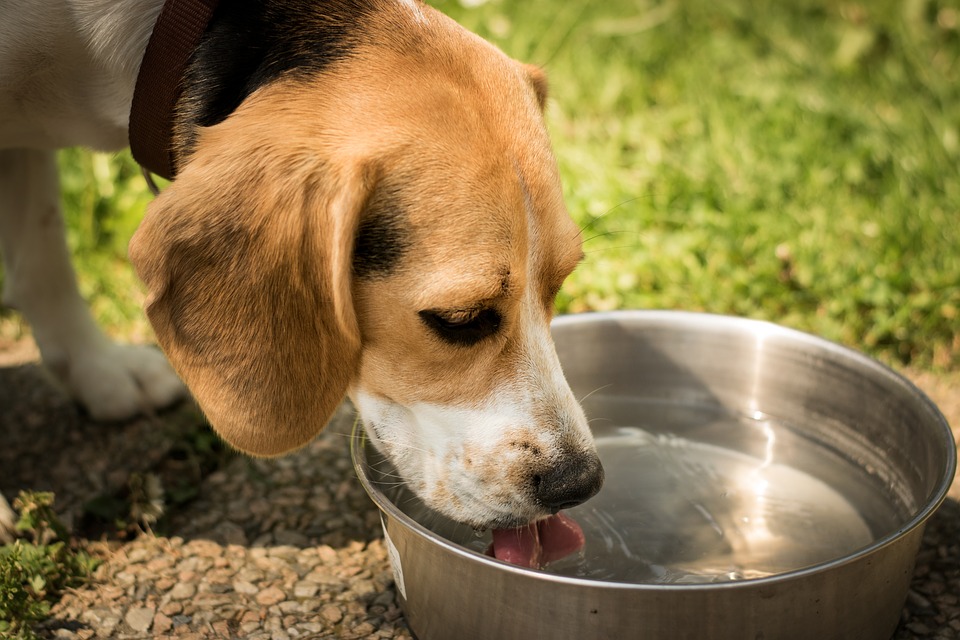Providing your dog with enough water every day is essential to prevent serious health problems, but how much water does a dog need per day, and how to make sure your dog is adequately hydrated?
Water is a basic nutrient, but the survival of all living things depends on it. This is because it is essential for the optimal primary biochemical processes in our bodies. In addition to many other things, this liquid assists in
- Regulating body temperature.
- Processing of food.
- Disposal of waste products.
- Lubricating tissues.
How Much Water Does a Dog Need per Day?
Dogs need to drink 60 and 70 milliliters of water per day per kilogram of body weight.
Nevertheless, this index may fluctuate during summer and other times when they drink more water than usual. Also, the amount will vary depending on their lifestyle, especially if your dog is very active.
How Do You Calculate the Amount of Water?
Using the rule mentioned earlier, it is easiest to calculate a dog’s water requirements based on its weight, which is 60-70 milliliters per kilogram. However, this is not the only way to make a rough estimate.
Multiply the weight of the dry food (in kilograms) by 2.5.
How Do I Know if My Dog Is Dehydrated?
Even if you give your dog the required amount of water, there is no guarantee that he will actually drink it. Most owners don’t realize that their dog isn’t drinking enough water until they get sick or show signs of dehydration, such as
Dry muzzle and gums: A dog’s muzzle and gums need to be kept moist at all times. Therefore, if these areas become dry or “sticky”, you should suspect the possibility of dehydration. Also look at the color of the gums (they should be pink, not red or white).
Dark urine: A well-hydrated dog’s urine should not be dark or cloudy and have a strong odor. If you find that your dog’s urine is like this, you need to rule out the possibility of infection (in addition to dehydration).
Droopy eyes: This symptom indicates dehydration, so check your dog’s eyes if you suspect he is not getting enough water.
Decreased skin elasticity: Just like in humans, a dog’s skin reflects the level of moisture retention. You can check this condition by gently squeezing your dog’s back. If it takes a long time for the skin to return to its original shape, dehydration is suspected.
Rapid breathing: This is one of the most worrying symptoms for owners. It occurs when dehydration affects the animal’s organic functions.
It is a good idea to find out the cause of dehydration.

Water-Related Diseases in Dogs
So far, we have talked about insufficient water intake. But what happens if your dog drinks too much water or stops drinking water altogether? It is common for owners to become concerned when they notice that their dog is not drinking water. Once they see that their dog is drinking enough again, they tend to calm down.
However, it is essential to understand that both behaviors are signs of something wrong with their health. Here are some of the diseases associated with this behavior in dogs.
Compulsive drinking: This disease indicates an urgent need to drink water. Consumption is compulsive and excessive. This can be due to mental problems in the dog, or it can be a symptom of separation anxiety, as studies have shown.
Polydipsia: Polydipsia is a condition of excessive thirst that lasts for an extended period. It is common in diabetic and poisoned dogs and is accompanied by excessive urination (polyuria).
Water loss due to fat: This is a lack of water intake accompanied by a lack of thirst signals. It can also be a symptom of serious diseases such as hydrocephalus, congenital abnormalities, tumors in the hypothalamus, and cerebrovascular disease.
